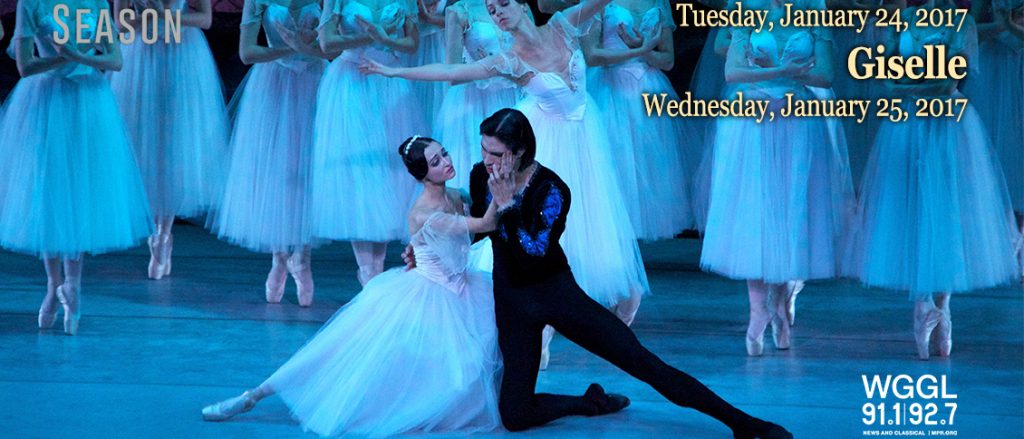Founded in Moscow in the late 1980s, the Russian National Ballet Theater is currently touring the United States performing a variety of shows including the classic stories Romeo & Juliet, Carmen, and Giselle. Among their first venues this season was Michigan Tech’s own Rozsa theater, performing the three aforementioned works under the artistic direction of Elena Radchenko. The performances occurred on Jan. 24 and Jan. 25.
Radchenko was a famous principle dancer of the historic Moscow-based theater Bolshoi, whose nomination to assume the role of artistic director occurred in 1994 by presidential decree. Her vast experience has lent itself to many masterfully executed shows throughout her career as she continuously strives to honor the national tradition of ballet theater with the unrivaled group of artists working under her direction.
Among those who contributed to the success of these performances are those who have set the stage through their dedication to other arts related to theatre. Musicians such as Adolphe Adam, who is said to have composed his masterpiece Giselle in a mere 8 days, is one of the artists who has left his mark upon the tradition of ballet theater. Others include Pyotr Ilyich Tchaikovsky, Romeo & Juliet’s composer, and Georges Bizet, the composer who produced the original score for Carmen in the middle of the 19th century. The set for Giselle was created by designer Lev Solodovnikov, and those for Romeo & Juliet and Carmen were created by Elena and Sergei Radchenko.
The first evening of performances featured both Romeo & Juliet and Carmen. Both the Shakespearean classic and the 19th-century French story created in novel form by Prosper Merimee, were brought to life by the company of the RNBT with remarkable insight as to their emotional and sensuous character. Including as a whole over 50 dancers, the company’s repertoire is extensive, encompassing not only the shows performed before the Michigan Tech audience, but all of the full works of Marius Petipa, one of the most influential choreographers and masters of the art in the history of ballet theater.
Giselle, performed on the second night of the ballet, tells the story of a peasant girl who falls in love with a man whom she believes is a villager named Loys. The truth is that she has fallen for Count Albrecht, who is leading a double life and is betrothed to another. In a dramatic climax, Albrecht is exposed and in her shock and madness, Giselle kills herself with the sword whose insignia reveals him.
The second act of the ballet was set in the graveyard in which Giselle was buried. Albrecht meets Giselle’s ghost and they live out the premise of a legend which Giselle’s mother had imparted to her after having taken an instinctive dislike for Albrecht; the spirit of the heartbroken girl will dance her mortal lover to death. In a touching and gentle resolution, brilliantly executed by the dancers, Albrecht, on the brink of death, is allowed to live. Looking for more information? Visit the Russian National Ballet’s official website at radchenko-ballet.com/en.





